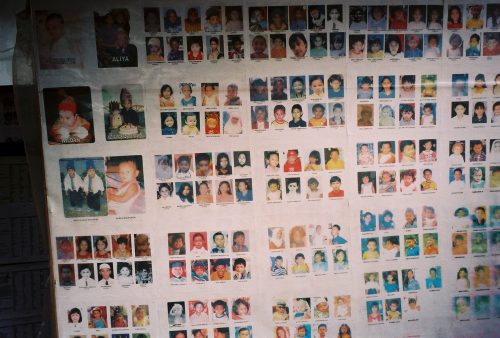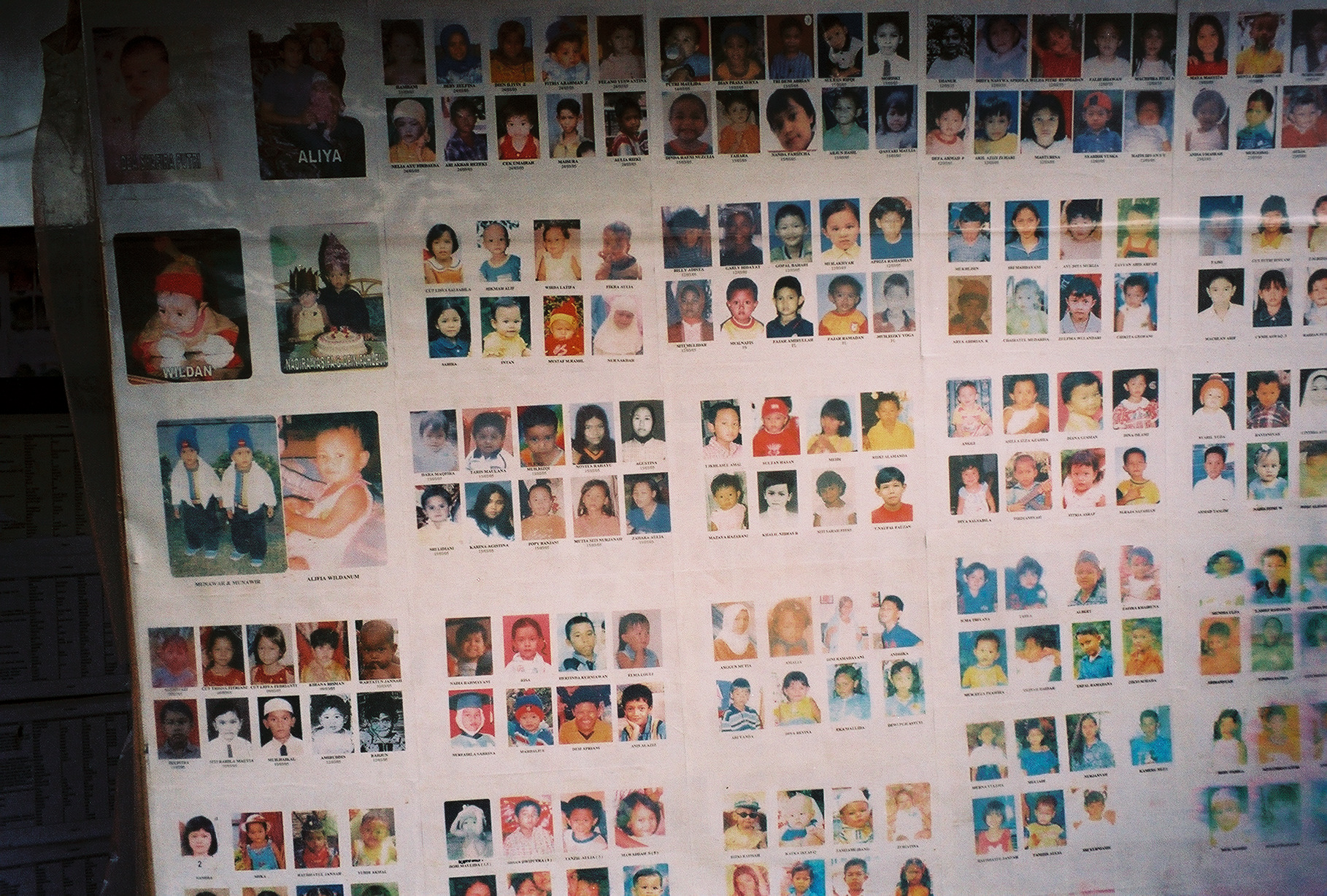Remembering the Asia Tsunami, 10 Years Later

They described the wave to me as a giant black serpent or cobra’s mouth that roared high into the sky out at sea and then moved forward with a swiftness that wasn’t out-runable. The black wave, unlike the crystalline blue waves found off the north shore of Hawaii, had been picking up coral, stones, wood, earth, and general detritus for miles, turning the water into a pummeling churn of destruction. The wave was the South Asian tsunami that killed 283,000 individuals in a matter of seconds, swallowing up families, towns, communities, and miles of coastland across 18 countries on multiple continents. It was, without a doubt, the deadliest disaster to have occurred in my lifetime (and arguably my parents’ lifetime). While my parents have their memories of when Kennedy was shot, the South Asian tsunami quickly reached that status of memorability for me (read the CDP look back at the Tsunami here).
It started as a lazy Boxing Day for me in 2004, waking up at my parents-in-laws’ house in idyllic Basking Ridge, New Jersey. A call from a dear graduate school friend alerted me to the devastation being televised on major news outlets. Given my role co-leading the disaster relief portfolio at the Bill & Melinda Gates Foundation my phone quickly started to ring, and I was working within minutes of receiving my friend’s call. I have vivid memories of being on the phone with the then-head of Mercy Corps, Nancy Lindborg, while shopping at the local Shop Rite. Memories of fielding phone calls from other NGOs with longstanding presence in Tsunami-affected Indonesia. As I think about how ten years have passed, I cant help but think about a few ‘tools’ that we have now, that we didn’t have then.

First, FaceBook! Yes, the FB that I know is perfect for seeing pictures of my high school friends’ kiddos, but it has been a tremendous resource for disaster-affected communities for family reunification and tracing. I have a photo that I took from my May 2005 visit to Aceh that shows photo after photo of missing individuals. There have been several other incredible technological innovations that have arisen since the Tsunami, but this one comes to mind most vividly.
Second, we have a global philanthropic community dedicated to ensuring that disasters of this magnitude are responded to in the most efficient and effective manner. For many in this community, responding to a disaster of such magnitude was a first. The community is imperfect, but current efforts on behalf of my organization including the Measuring the State of Disaster Philanthropy report are working to improve our ability to measure philanthropic dollars but also to guide the manner in which those dollars are allocated.
Lastly, the global international NGO community has only gotten stronger and more capable at addressing the short-, medium-, and long-term needs of individuals in crisis. The international community is better able to meet psychosocial, shelter, livelihood, agricultural, educational, water, sanitation, and hygiene needs. And, the international NGO community, I would argue, is better positioned to support local community-based organizations, local governmental systems, and local capacity.
I was in the fortunate position of being a grantmaker in the aftermath of the Tsunami – awarding grants to four international NGOs that needed ‘confident capital’ (flexible, get it done funds) to respond to the intense devastation – things that we here in the states can hardly imagine – in the most light footed manner possible. On my visit to Aceh, four months after the catastrophe, the physical toll on the topography was the most visible symbol of how a life gets turned upside down. Private philanthropy is one piece of the puzzle to righting the view.
On December 26, 2014, I honored a (long) moment of silence and intention to hold the lives lost and the lives turned upside down in my heart.
More like this

2004 Tsunami +10 — Recovery, Lessons

